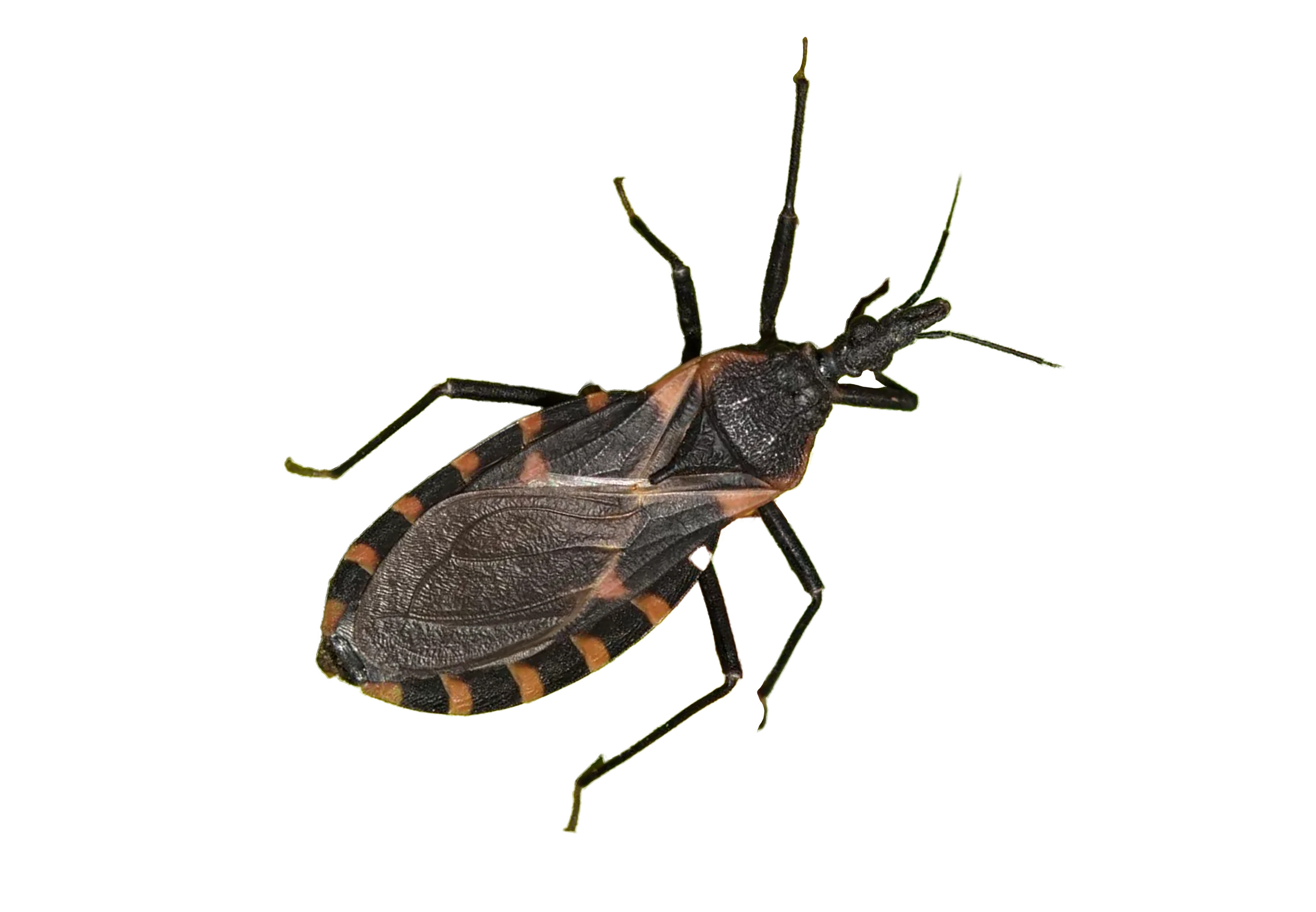Beware of Catching Chagas Disease from the Kissing Bug

The triatomine bug, also known as the kissing bug, is given that name because of its propensity to bite its host in the face. However, their bite isn’t what spreads Chagas disease.
Chagas disease is caused by a parasite called Trypanosoma cruzi, or T. cruzi, which is found in about 55 percent of kissing bugs. The parasite is present in the bug's feces and urine. When the bug feeds on a person near their mouth, eye, or nose, it sometimes defecates. Transmission can also occur if an infected kissing bug defecates on a person, who then scratches the area, allowing the parasite to enter. Other ways T. cruzispreads are through pregnancy, organ transplants, blood transfusions, and contaminated food and drink, which is rare.
When the infection is in its acute phase, it can last a couple of months. Its symptoms include fever, tiredness, body aches, headaches, rash, diarrhea, loss of appetite, or vomiting. In some cases, no symptoms show.
An infection can remain dormant for years or decades and manifest as digestive issues and heart problems, such as an altered heart rate, heart failure, and cardiac arrest later on.
The good news is that Chagas disease is treatable and curable. However, if the infection is left untreated during the acute phase, treatment becomes less effective.
The kissing bug is found worldwide, but Chagas disease is unique to the Americas. There are at least 10 different kinds of kissing bugs in the U.S., and they’re more common in the southern part of the country. They thrive in aging and poorly constructed housing, as well as environments with poor sanitation.
If your home has a kissing bug infestation, you may need an Integrated Pest Management (IPM) system or call a licensed pest control professional.
Check with a healthcare provider if you’ve been around kissing bugs or a relative has tested positive for T. cruzi.
References
